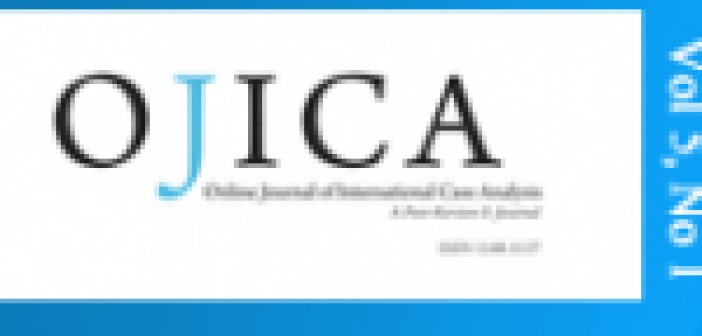Joe Abely, while CEO of LoJack Corporation, had seven different strategic options to consider, in conjunction with his Board of Directors, regarding the future of the company. What decision would you make?
Many, sincere thanks to the Online Journal of International Case Analysis for publishing the LoJack case study. The abstract is below, with the entire case available here.
The LoJack Corporation is recognized for its vehicle-tracking technology and recovery devices. In mid 1986, after eight years of development, LoJack obtained the proper government approvals and commenced the marketing of its products in Massachusetts. From 1986-2002, LoJack expanded to 20 states, including the District of Columbia, and to 26 countries around the world. Over that period annual revenues grew to approximately $101 million (MM). LoJack had become one of the country’s most highly recognized brands.
However, problems with the company’s growth started to surface in 1998. At that point in time, geographic expansion was slowing down. There were a limited number of states in the US and countries around the world with the right combination of new vehicle sales and theft rates that created a significant market opportunity. Revenues steadily increased, but pre-tax profits declined and were only $5.63MM in February 2002, off from a peak of $18MM in 1998.
There were two immediate problems that needed to be addressed: sales growth was slowing and selling, general, and administrative (SG&A) costs were increasing at a faster annual rate than the company’s gross margin. Investors began to lose interest in the stock resulting in a decrease in trading volume, a decline in the stock price, and a reduction in the company’s market capitalization from roughly $251MM to $100MM.
Joe Abely, the company’s CEO, has seven different strategic options to consider, in conjunction with his Board of Directors. There are other, derivative options, which might be considered, as well.




